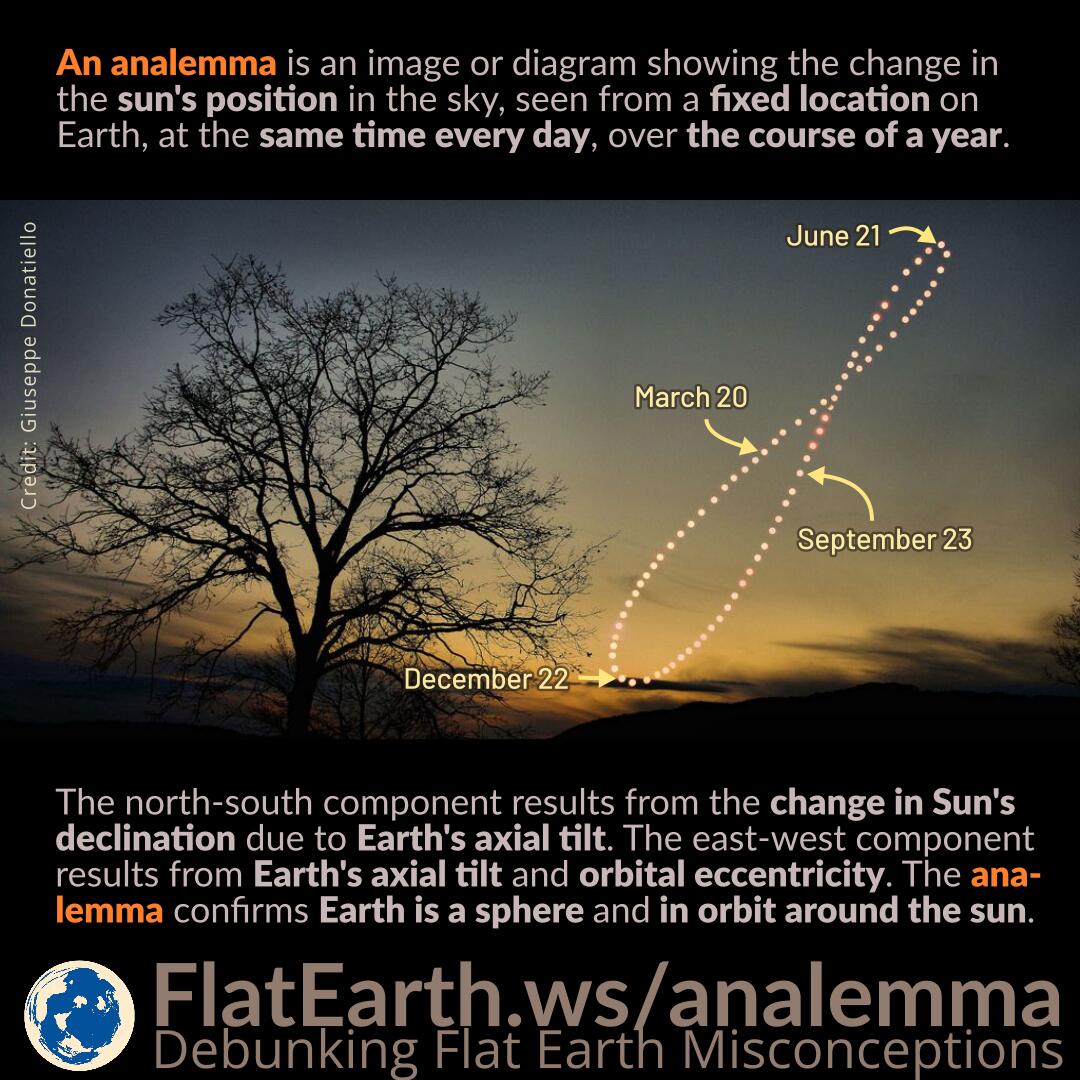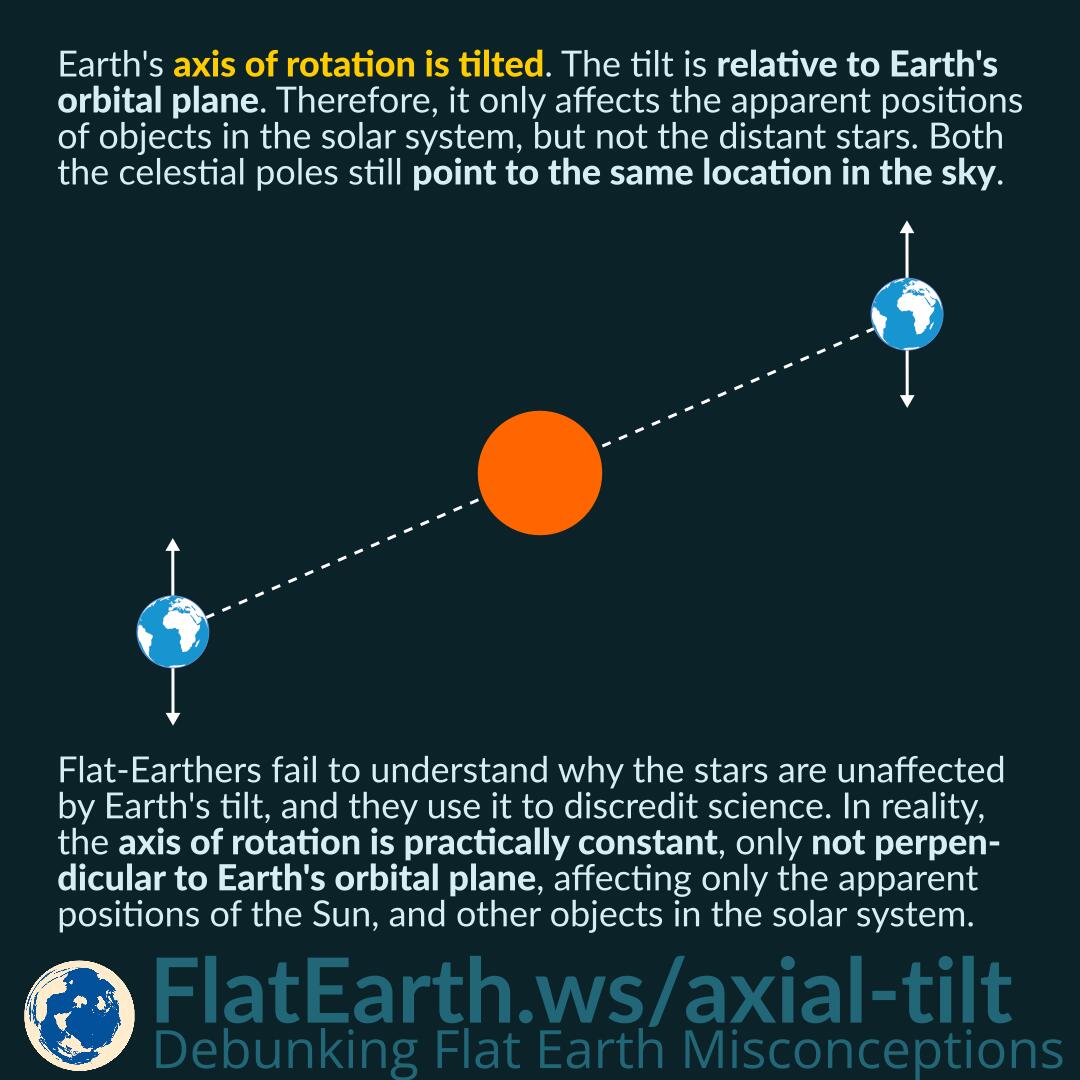An analemma is an image or diagram showing the change in the position of the Sun in the sky, seen from a fixed location on Earth, at the same time every day, over the course of a year.
The north-south component of an analemma results from the change in the Sun’s declination due to the tilt of Earth’s axis of rotation. The east-west component results from the non-uniform rate of change of the Sun’s right ascension, governed by the combined effects of Earth’s axial tilt and orbital eccentricity.




